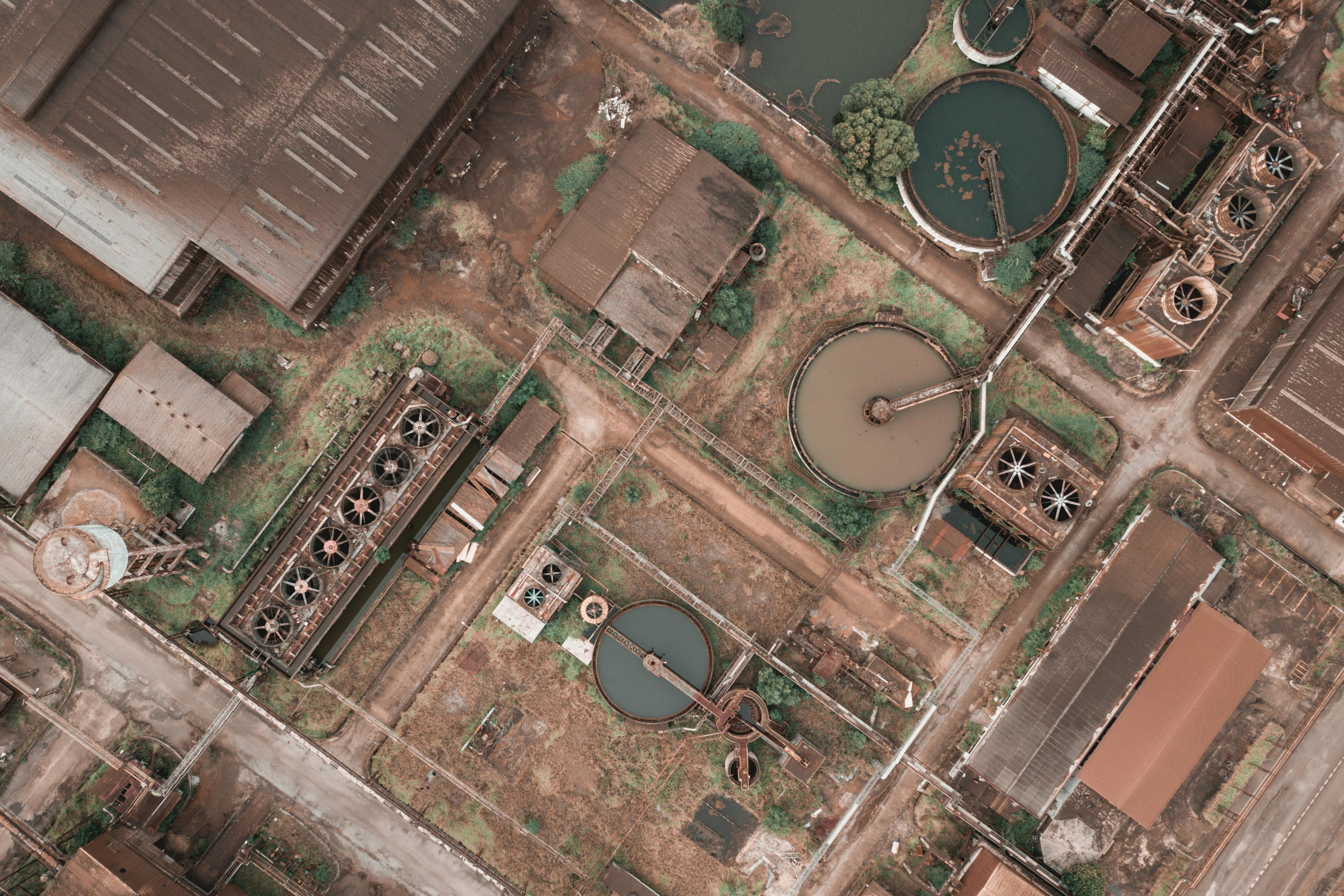
Introduction
Septic systems are vital and ubiquitous parts of many residential homes. Yet, despite their importance, the workings of a septic tank are often not well-understood by homeowners. This lack of understanding can lead to improper maintenance and, consequently, malfunctioning systems. Hence, this article, titled 'Understanding Your Septic Tank: A Comprehensive Guide on How a Septic System Works,' aims to unfold the functioning of a septic tank and how active maintenance can prevent unwanted septic troubles.
The Inception Stage: Where It All Begins
Let's begin at the source. All the wastewater from your home, including kitchen, bathroom, and laundry, is directed towards the septic tank. It's a system well-designed to handle all sorts of household waste, from human waste to water from washing dishes. The tank, typically made of concrete, fiberglass, or polyethylene, is watertight and buried in the ground. Understanding the three main components of your tank— the holding tank, the drain field, and the soil — is integral to grasping your septic system's functionality.
The Separation Stage: Sorting of Wastes
The holding tank, true to its name, holds the wastewater for a set period. During this time, the wastes segregate into three layers, a process made possible by different materials' varying densities. The lower layer, known as sludge, contains the heaviest materials, including fine solids and heavy particles. The middle layer is primarily the wastewater, often referred to as effluent or greywater. Atop these layers floats the scum, the lightest waste materials like oils and fats that rise due to their lower density.
The Breakdown Stage: Natural Decomposition
Within this underground chamber, the magic of natural decomposition takes place. The tank's environment hosts a whole ecosystem featuring various bacteria. Whilst it may seem unpleasant, these are the heroes of the septic system story, breaking down the scum and sludge into simpler substances. Anaerobic bacteria thrive without oxygen, systematically decomposing organic matter in the waste material. Due to this bacteria-led process, only part of the heavy sludge and lighter scum sections remains undigested.
The Drainage Stage: Effluent Redistribution
Following the natural decomposition, the wastewater, now significantly purified, leaves the tank through an outlet pipe. This outlet pipe releases the effluent into the drain field, which is a network of perforated pipes. The drain field acts as an organic filter. The wastewater flows slowly through the perforated pipes, soaking into the surrounding soil. This layer has a crucial role, as certain bacteria and other organisms in the soil further treat the effluent. They remove harmful bacteria, viruses, and nutrients, leaving cleaner water behind.
Regular Maintenance: Ensuring a Healthy Septic System
Taking care of your septic system goes beyond understanding its workings. Regular maintenance is essential for a robust and long-lasting septic system. One of the vital parts of maintenance is regular pumping to remove the undigested parts, coupled with frequent inspections to spot any potential issues.
Conclusion
Though taken for granted, septic systems play a central role in maintaining our everyday household cleanliness and hygiene. A more profound understanding of your septic system not only helps you appreciate its value but also paves the way for better and effective maintenance strategies. Remember, posing early queries to professionals and acting on the first signs of septic distress can save you from costly repairs and replacements down the line.
Remember: your septic system works tirelessly and silently beneath your feet — it's only fair to extend it the care and attention it deserves. Stay tuned for more insights on home improvement and maintenance.